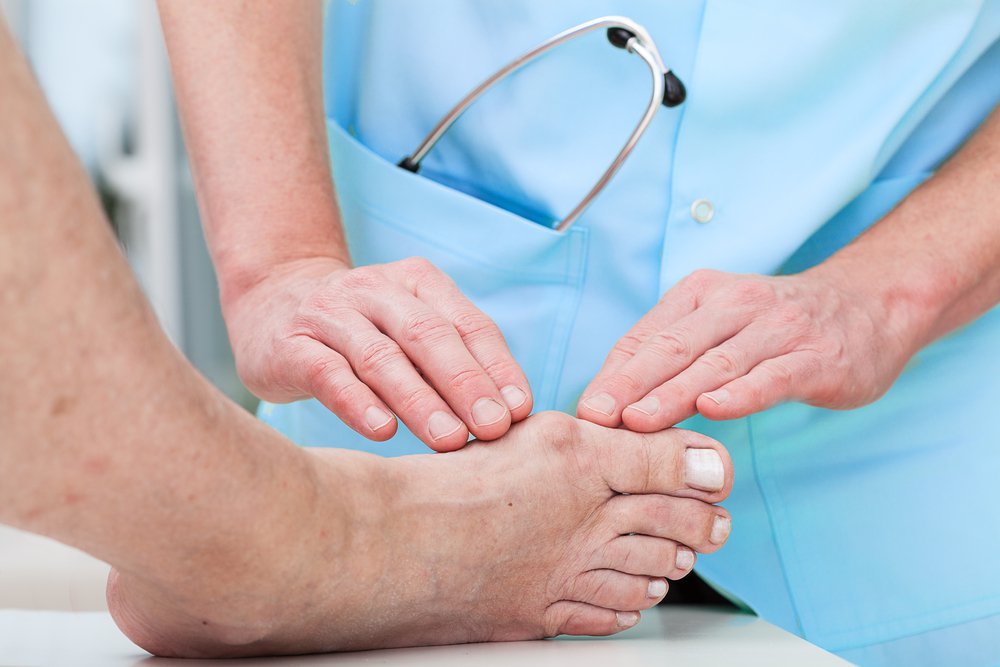 A bunion is a bony bump that develops inside the foot at the big toe joint. It is formed when there is prolonged pressure on the big toe and the base is gradually pushed outwards. Since the big toe is crucial for balance and flexing, walking can become uncomfortable and even painful over time.
A bunion is a bony bump that develops inside the foot at the big toe joint. It is formed when there is prolonged pressure on the big toe and the base is gradually pushed outwards. Since the big toe is crucial for balance and flexing, walking can become uncomfortable and even painful over time.
Bunions are quite common, and are caused by genetic inheritance, and narrow, tight-fitting shoes. Fortunately, there are a number of ways you can help alleviate bunion pain:
- Switch To Wider Shoes
If your current footwear puts pressure on your bunions, select a wider pair with adequate toe room. You can also try modifying your current shoes with a stretcher to give you more room in the toe area.
- Wear Foam Or Gel Pads
Over-the-counter foam or gel pads can help cushion the painful area over your bunion. Be certain that the pads are not too thick for your shoes, so as not to increase pressure on the bunion.
- Get Custom Orthotics
If store-bought bunion shields are not providing adequate pain relief, or if they are worsening it, a podiatrist can create custom-made inserts for your shoe that mold perfectly to your feet. Custom orthotics provide support and relieve pain for a wide variety of foot conditions, including bunions.
- Rest and Ice
Avoid activities that trigger bunion pain, such as standing for long periods of time. It also helps to apply ice to your bunions once or more a day, in 20 minute intervals. Wrap the ice in a towel or soft cloth, as opposed to putting it directly on your skin.
- NSAIDs Can Reduce Swelling
Nonsteroidal anti-inflammatory medications (NSAIDs) can reduce swelling of the area and relieve pain at the same time. If your bunions are caused by arthritis, your doctor may prescribe a medication that can help with inflammation and pain.
When To See A Podiatrist About Bunions
If your bunion pain restricts you from doing day-to-day activities or are causing you pain, consult with a podiatrist who is trained in foot and ankle surgery. The doctor may determine that you need a bunionectomy, a surgical procedure that removes the bony bump and realigns the toe. The foot and ankle experts at San Antonio Podiatry offer two types of minimally-invasive 3D bunion surgery, both of which significantly reduce the rate of bunion recurrence.
If you have a foot or ankle injury that needs attention, the physicians at San Antonio Podiatry can help. We have years of experience diagnosing and treating sports injuries, plantar fasciitis, bunions, and much more. Check out our locations to find an office near you. Book an appointment online with one of our podiatrists, or call 210-405-7672.

